|
Race Report by Athlete Brian K. White Lake Fall 70.3 9/9/2017 It was a strange week leading up to race day, I was calm. I wasn’t nervous, the taper wasn’t even bothering me. I was confident. I felt strong. For the first time in as long as I can remember I was going into my “A” race healthy and mentally prepared. I didn’t think I was going to have a good race, I KNEW it! As my coach, Jay Hamvas, says “You put in the hard work and suffering into training and race day becomes a reward”. He was right, there was plenty of hard work leading up to this race and I knew I was set up for a successful day. Race morning, we got to White Lake and it was chilly, 58 degrees or so. Water temp was in the mid 70’s. I remember saying I couldn’t wait to get to the swim so I could warm up. Pre-race went smooth, plenty of time to check in and set everything up. Jay and I did a walkthrough of all the transition entrances and exits to be familiar with them come race time. The overall atmosphere was relaxed and friendly. I was ready. Swim time! I got into the water a little early to do some warm up strokes. The wind was blowing pretty good and the lake had some chop to it. At the time, I didn’t think much of it, that will change shortly. There were 3 swim waves and each one was small. That makes for a nice and easy mass start. The gun goes off, we start and then the wheels fall off. We start on the 2-loop course and it is directly into the chop. I made it about 100m before I start to panic. I got kicked and a couple face fulls of water and I’m frozen. I can’t swim, hell I can barely breathe. I immediately turn over and float on my back. So many negative thoughts are shooting through my head, I know one of them was to call over a support craft. Then something happened. A random guy stopped his swim and asked if I was okay. He didn’t know me, and I will never know him but that one sentence was enough to pull me out of my dark place that I had put myself in. I put my face in the water and swam. After a few strokes and a couple successful breaths I started to get into a rhythm. When I got out of the water I wasn’t tired and overall, I felt good. My time wasn’t what I wanted but considering where I was 50 minutes ago I was satisfied. The run to T1 was long but I was able to get on the bike in only a couple minutes. My plan on the bike was to take the first 10miles easy and slowly ramp it up from there. Here comes the wind! I started fueling and hydrating early and often. It was good to be on the bike after that swim. I’m comfortable on the bike, it’s my strongest leg of the race. Miles were flying under my wheels, I only looked at my speed a couple times. I held to the race plan. My HR and perceived effort were my focus. Coming into the last few miles of the bike I took some time to assess how I felt. One word: Amazing! I couldn’t wait to get on the run. T2 took a little longer than I wanted. I had so much dirt on my feet from T1 and I needed to get that cleaned off or I knew I would pay for it later on the run. I left on the run and I was shocked to see that everything was lining up perfectly. Pace and HR were exactly where they needed to be. Legs felt strong. I had this…or so I thought. The aid stations were spaced very far apart, too far for me and it was getting hot. I was able to tick off my first 5k in 27-28 minutes which was perfect for my race goal. Then I tried to eat my gel and my stomach said “NO”. I really don’t know how I made it through the rest of the run. It was horrible, I was in pain. I was hot and more importantly I was disappointed in myself. I got to the turnaround at mile 7.5 and looked at my elapsed time. With some rough calculations, I figured that I could run 12:00 minute miles and still make my 6:00 hour PR goal. I had this, nothing was going to stop me from that. I put my head down and just ran as hard as I could. I would go from traffic cone to traffic cone. The last mile was the most painful I have ever run. I was so happy to see the finish line. I can’t believe that I snuck in under 6 hours with a 5:52:30. I will take it! Looking back, I would like to think that I would’ve pushed myself that hard on the run if I had gone through all the training alone, but I didn’t. My coach had just as much invested in me as I did and I would be damned if I was going to let him down that close to my goal. I know that without his help and preparation I wouldn’t have been able to be in the position to have 2 of the 3 legs of my race go horribly wrong and still get a PR. I knocked almost 24 minutes off my old record! That folks is a good ending to a very hard and trying day. I went to bed happy that night….at 7:00PM. Coaches Notes:
As a #coachthatraces I know how hard tough races can be as an athlete. But I was a little surprised at how hard it was waiting for one of my athletes to cross the finish line. I started getting worried when Brian hadn’t finished when I expected him to. I started second guessing all of his training. Wondering if I had done something wrong and could have done things better. Ultimately every race is an opportunity to learn. For the Athlete and for the Coach. There are no bad races. Only learning experiences. So here are a few Coaches notes and my takeaways from Brian’s race. Positives: Great T1 and T2 times. Transitions are free time if you use them properly and Brian did. Awesome bike split. We had a plan for the bike leg and Brian executed it perfectly. All the training in the world can’t always perfectly prepare you for race day. Things happen. He had things go wrong in his race but he dug deep and gutted it out. That in of itself is a huge Win. Plus a new PR! Congrats. Things that need to be addressed: I should have encouraged Brian to do more Open Water Swims. The swim was very choppy and I didn’t prepare him for that. We should have done more “worst case scenario” mental training. Practicing visualizing how things might go wrong, and how you would handle them, really helps on race day when things go sideways. We need to address his nutrition on the bike and run. Even though he felt good coming off the bike, it’s possible he was already behind on calories. Better heat acclimatization and fueling on the run will also be addressed and perfected before his next race.
1 Comment
Welcome to the Second installment of a 5 part Beginners Series. So, you’ve decided you want to do a Triathlon? I recommend picking a race as the next step. As I discussed in the previous post in this series, there are a lot of options to consider when deciding on a race. But once you decide to do it, pick the race, add it to the calendar, then it will give you the motivation to start training for it. With so many variables in picking your best “First” Triathlon, it will really come down to individual choices. I’ll cover some of these variables in no particular order because only you can decide which of these are most important to you. Are you ready to take on all 3 sports? If not, there is nothing wrong with joining a relay team and just doing one leg of the race: swim, bike, or run. Doing so will allow you to experience the race without having to train for all 3 disciplines. Not all races have the relay option so make sure to research that. Some races have Facebook pages and people will post that they’re looking for another member for their team. Or form your own team with friends or co-workers. 2 out of 3 ain’t bad! If you aren’t ready for all 3 sports then consider doing a Duathlon, Aquabike, or Aquathon. Not all races offer these options so there might be fewer races to choose from, but these are a great alternative to doing the full Triathlon. Duathlon is run-bike-run. Aquabike is swim-bike. Aquathon is swim-run. There are many different lengths and combinations available so do your research and find one that fits your needs. Swimming is probably the biggest reason many athletes don’t get into the sport of Triathlon. It can be intimidating and scary for cyclists and runners. The reality is, swimming is probably the best cross-training sport a cyclist and runner can do. The low impact nature and buoyancy in the water make swimming the perfect rehab and active recovery exercise we can do. But swimming is also the most technical and hardest sport to master of the 3 disciplines….. unless you grew up swimming. In which case, you can skip this paragraph LOL. There are 2 options when choosing a race with regards to the swim leg of a Triathlon, Pool Swim or Open Water Swim. Both have their pros and cons. Pool swim races offer a clean, clear environment and lane lines to keep you swimming straight. But pool swim Triathlons can be crowded and often result in waiting in long lines to start the race. Open water swim (OWS) races are more challenging when you have a fear of water or what lives in the water. But there are also different types of open water swims available, like rivers, lakes, ponds, waterways, and ocean. Many of the OWS races have wave starts that reduce the amount of people starting at once, hence reducing the amount of bumping and melee. Have a mountain bike? Great! There are Off-Road Triathlons available. XTERRA is the best known off-road triathlon organizer. They offer races all over the world. And like Ironman, XTERRA offers a chance to qualify for the World Championship held in Hawaii. All XTERRA races are open water swims but many are in quiet rivers and lakes. Another option is riding the mountain bike for a regular on-road Triathlon. Some smaller local races offer a “fat tire or mountain bike” division. Pick the distance of the Triathlon based on your strengths and previous athletic accomplishments. Many Triathletes do start with the shorter Sprint distance, then over time try doing the longer Olympic/International distance. But there is no rule that says you “have to” do it that way. I know several athletes that did an Ironman distance as their first Triathlon. I don’t necessarily recommend doing that, but my point is that you should pick the distance race that you feel motivated to train for and complete. Another thing to think about when choosing your first race is the location. I generally recommend picking a race that is close to where you live. There are several reasons for this. First, it’s best if the terrain you will be training on matches the terrain of the race. Training in the flat and racing in hills can make for a rough first triathlon experience. Secondly, traveling to your first race adds other logistics that can make your first race experience more stressful. If you choose to (or have to, due to race availability) travel to your first race then book accommodations early and as close to the venue as possible. Consider picking a race in a town where you have family or friends that will come out and cheer you on.
If you are lucky enough to live in or close to an area with a Triathlon Club, many times the club may sponsor a local race. Typically, these races are very beginner friendly as most Triathlon Clubs love to help foster the sport and encourage new athletes to the sport. Here are a few websites to help you find available races. www.active.com www.trifind.com www.triathlete.com www.setupevents.com (North and South Carolina Races) www.xterraplanet.com Whichever race you choose, make sure to have fun going into this new challenge. Stay tuned for the next installment, “Training for your first Triathlon”, post 3 of this 5 part series. Coach Jay Several years ago, I wanted to create a bar like store bought bars, but I wanted it to be healthy and not packed full of ingredients I couldn't pronounce. I experimented with some recipes I found online and finally came up with my own creation. These are handy when you need a little snack or are craving something sweet. I list the basic ingredients below, but you could always mix it up with different dried fruit or add nuts. Also, the measurements are approximate, you can always adjust to your taste. To really make these easy, you need to use a food processor and a good mixer. The food processor is integral to getting the fruit chopped up small. Ingredients:
Dried dates (pitted) - 1/2 -3/4 cup Dried apricots - 1/2 - 3/4 cup Raisins - 1/2 -3/4 cup Ground Flax seed - 1 Tbsp plus a sprinkle Unsweetened applesauce - about 3/4 cup Banana - 1 Quick oats - 2 cups Cocoa powder (regular or dark) - 2-3 Tbsp Vegan chocolate chips - 1/2 cup Water - as needed 1) Preheat oven to 350 degrees F. 2) Add the dates, apricots and a sprinkle of flaxseed to the food processor. Mix until the fruit is finely chopped. 3) Add the processed fruit, flax seed, applesauce and banana to the mixer and blend until the banana is mostly mush. 4) Add the rest of the ingredients, except water, and mix. Add water as needed to help it mix and add moisture. 5) Spray and 8x8 or 9x9 glass pan with cooking spray. Add the bar mixture and press in and smooth out. 6) Bake for 30 - 35 minutes. If they are too moist, cook a little longer next time. 7) Cool before cutting. I cut them into squares and store them in the refrigerator. Welcome to the first installment of a 5 part Beginners Series. Before you can decide if you want to do a Triathlon, you need to know what a Triathlon is. Dictionary.com defines Triathlon as “an athletic contest comprising three consecutive events, usually swimming, bicycling, and distance running”. While that is the definition of a Triathlon, I think there is more to the sport than just that. There are many other aspects of Triathlon that make it a unique and exciting sport. Even though you are racing with other Triathletes, it is an “individual” sport. In other words, during the race, you can’t receive any outside help. The only people you can accept help from during the race are the official volunteers. No pacers on the run, no drafting on the bike, and no items can be passed to you from family, friends or coach. The longer the Triathlon is, the more important your preparation becomes. Pre-planning is key because once the race starts you are on your own. Because Triathlon is such an individual sport I think it can create less pressure to compete. Sure, there are many athletes that race to compete, including myself. But there are just as many athletes that race just to complete. I’ve found that the longer the race is, the more that is true. There is something very rewarding about getting outside your comfort zone and trying something new. Great satisfaction can be had by signing up, training for, and completing a Triathlon. For many athletes new to Triathlon, it is a true challenge to train for 3 different sports. It’s what makes Triathlon so unique and also what makes it so fun. Many athletes find themselves cross-training due to injury, rehab, or a need to change things up. So they find themselves biking or swimming or running in addition to their “main” sport. Then the next logical step is to put it all together and do a Triathlon. Another great thing about Triathlon is that there are different ways to be competitive. You can be great in one discipline and just ok in the others or just good in all 3. Whether you want to be competitive or not, the over-all stress on the body is less than training for just 1 discipline. Your training workload gets spread out over 3 different sports and overuse injuries tend to be fewer. Another unique thing about Triathlon is the importance of nutrition, especially in the Half-Iron and Iron distance Triathlons. According to Running USA the average Male Marathon finishing time in 2015 was 4:20:13 while the average Half-Iron distance triathlon finish time is around 6:00:00 and Full Iron is around 12:35:00. Doing any type of physical activity for 6 hours or more requires careful nutrition planning. Long course triathlons bring nutrition challenges that need to be experimented with, trained with, and properly executed on race day. Just like most single sport races, there are various distances in Triathlon races. Most common distances for Triathlon are: Sprint Distance (750 yrd swim, 12 mile bike, 5k run), Olympic or International Distance (1500 yrd swim, 28 mile bike, 10k run), Half-Iron Distance (1.2 mile swim, 56 mile bike, 13.1 mile run), and Iron Distance (2.4 mile swim, 112 mile bike, 26.2 mile run). Each distance provides its own challenges and rewards. Besides distances, other differences can be Open Water Swim or Pool Swim, Mountain Bike or Road Bike, Trail Run or Road Run, draft legal or non-draft legal. With so many options it’s easy to find a Triathlon that excites you.
But wait… there’s more. More options? Yes, more options. Do you want to experience Triathlon but you can only do one or 2 of the disciplines? No problem. Create a Team and sign up for a Relay. That’s right, you can be a member of a team and just do the discipline that you’re best at. This is a great way to learn about Triathlons without having to do all 3 sports. Many races offer other choices like Duathlon (run-bike-run), Aquathon (swim-run), and Aquabike (swim-bike). With so many options available it’s easy to see why Multisports and Triathlons have grown in popularity in recent years. So now you have an idea of what the sport of Triathlon is all about. Interested? Stay tuned for the next installment, “Picking Your First Triathlon”, post 2 of this 5-part series. Coach Jay Here is another good recipe for hot summer days. It's nearly raw and contains the colors of the rainbow. You can make it completely raw, of course, but we love roasted cauliflower, so I roasted it and lightly roasted the broccoli. I'll include 2 options for sauces, one is light and one is a little heavier. Both compliment this dish very well, so pick one and give it a try. (You can also use rice noodles instead of raw zucchini noodles.) I used the spiralizer attachment for my Kitchen Aid mixer to spiralize the zucchini. I use a peeler to make the carrot ribbons. If you don't have a spiralizer, you can ribbon the zucchini as well, but I highly recommend getting a spiralizer. Ingredients: 3 medium zucchinis 3 carrots 2 green onions, sliced thin 1 cup of finely chopped cabbage (red or green) 1 cauliflower, cut into florets 1 head of broccoli, cut into bite size pieces peanuts (optional) chopped cilantro (optional) sesame seeds (optional) Light sauce: 1/4 cup brown sugar 1/4 cup soy sauce 1 Tbsp tomato paste 2 Tbsp rice vinegar 2 Tbsp lime juice 2 tsp sesame oil 1/4 tsp garlic powder Heavier sauce: 1/3 cup tahini or peanut butter 2 Tbsp lime juice 3 Tbsp maple syrup 1 Tbsp curry powder 1/2 Tbsp fresh grated or diced ginger 2-3 Tbsp water (as needed) Steps: 1) Heat the oven to 400 degrees F. Toss the cut cauliflower with a little olive oil and salt, and spread on a sprayed baking sheet. Cook for about 20 minutes, flip and add the broccoli, and cook another 12-15 minutes. 2) While the cauliflower is baking, spiralize and/or ribbon your zucchini and carrots and chop the cabbage and green onions. Mix all together in a big bowl. 3) Whisk together the ingredients from the sauce of your choice. (If making the heavier sauce, you might want to use an immersion blender.) Toss the sauce with your veggies either all in the big bowl or separately in serving bowls. 4) Add mixed veggies to serving bowls, add the cauliflower and broccoli and garnish with peanuts, cilantro, and/or sesame seeds. Enjoy! Training plans and Coaches will often call for Recovery Days and/or Rest Days. Do you really know what Recovery means or why you need to do it? The first thing you need to understand is that, in simple terms, exercise is the process of tearing down and recovery is the process of building back. So technically you make athletic gains during recovery not exercise. So now you begin to understand why recovery is so important. Let’s explore the different types of recovery… Sure, we know we need to eat after a hard workout, but why and what? Most nutritionists agree that there is a window of opportunity to re-fuel your body post workout. The 30 to 60 minutes after a workout is when your body is most efficient at replenishing your glycogen stores. In my opinion, post workout is the worst time to eat high calorie “junk” food. You just put your body through stressors that broke the body down, so foods dense in micro and macro nutrients should be consumed to give the body everything it need to begin the rebuilding process. You should re-fuel with whole, unprocessed foods (preferably plant based). In fact, a whole food plant based diet is optimal for everyone but I’ll save that discussion for another blog post. The bottom line is, Food is an important component in the recovery process. So, choose your post workout meals wisely and remember “you are what you eat”. Active recovery is a work out designed to move the body to help facilitate recovery without further stressing the body. Think, slow and easy. These workouts are designed to help bring fresh blood and nutrients to the muscles and joints to aid the recovery process. This is also the concept behind hard days followed by easy days. I hate the term junk miles. Every workout has a purpose. Intervals, sprints, hill repeats, are your hard, body stressing days and recovery, easy pace, high RPM spin are your easy “help your body recover” days. It is very important to make sure to make easy days easy. They are strategically placed in training plans for recovery. Sleep is often overlooked as a recovery tool. The body does most of its repairing while you sleep. Cutting back on your sleep will cut back on the amount of time your body has to repair itself. Continue to deprive your body of enough sleep and performance gains will suffer. How much sleep do we need? The National Sleep Foundation recommends 7 to 9 hours (adults 26-64). According to the National Institutes of Health, the average adult sleeps less than seven hours per night. An Athlete with a heavy training schedule will need more than 9 hours to be at peak performance at every training session. I think sleep is so important that I’ll recommend an athlete to skip a morning workout if they have missed too much sleep. What about things like foam rollers, massage, and Norma Tec? I think these items can have a place in the recovery process. However, I don’t think they can replace healthy food and rest/sleep. A healthy diet and the proper amount of sleep need to be the corner stone of your recovery, then these other modalities can be added to further aid the process.
Proper recovery is essential if you want to get the most out of your training. A fully recovered body will be able to execute hard workouts better. If you base recovery on healthy food and proper sleep you will be setting yourself up for success. Happy Training! Coach Jay Summer is upon us and if you’re training then you are probably feeling the heat (and humidity). Heat related concerns like Heat Exhaustion and Dehydration are not as common in training sessions that are less than 1 hour in length. Here are a few tips on how to get through your summer training. Before we can talk about hydration for 1 hour + training sessions, we need to talk about Sweat Rate. It’s a good idea to perform a sweat test for each of the sports you are training in (and yes, you actually do sweat while swimming). What is a sweat test you ask? It’s a simple test to determine how much you sweat in one hour in a given activity. Knowing this will allow you to formulate a plan to stay hydrated during training. The test consists of weighing yourself (preferably naked) before your activity, training for 1 hour, recording the amount of fluid intake if you consume any during activity, then toweling dry and weighing yourself again (naked). Your pre-activity weight minus post activity weight plus any fluid consumed is your 1 hour sweat rate for that activity (record temperature, humidity, and effort level for reference). Example: Pre-Activity Weight: 152.2 Bike Ride 1 hour (warm up, intervals, cool down) Consumed 8 ounces of water during activity Post Activity Weight: 151.2 152.2 – 151.2 = 1 pound or 16 ounces 16 ounces + 8 ounces = 24 ounce sweat rate So now you know for that temperature, humidity, and specific activity that you sweat out 24 ounces every hour. In this example, you now know you would need to consume 24 ounces of fluid per hour to keep properly hydrated in a similar training session.
A great way to beat the heat is to start your training early in the morning. Once the sun comes up temperatures climb quickly. It’s not always fun or easy to get up early, but being able to get a couple of hours done before the sun rises might help you get that 3-4 hour ride/run completed. If you decide to take advantage of those pre-sun hours make sure to make yourself visible with reflective clothing and/or lighting. Late evening runs are another way to avoid the sun. However, it sometimes takes temperatures well into the late evening to fall. So while the sun isn’t blazing down on you, it might still be hot out. Early or Late is still better than mid-day runs and rides.
If a mid-day training session can’t be avoided then try to pick training routes that are shady. Trail runs are a great way to help get out of the direct sunlight and heat of the day. Another idea is to drive out into the country and start your bike ride on 2 lane country roads that tend to have more tree coverage. If these options aren’t available then consider moving indoors to the bike trainer or treadmill on those extremely hot days. Proper clothing can go a long way to help keep you cooler in the heat of summer. Try to wear light colored sweat wicking materials. Hats, visors, and arm sleeves can also be considered. Dictionary.com’s definition of Heat Exhaustion is; a condition characterized by faintness, rapid pulse, nausea, profuse sweating, cool skin, and collapse, caused by prolonged exposure to heat accompanied by loss of adequate fluid and salt from the body. When training in hot conditions you should be aware of the warning signs of heat exhaustion. If you start to experience any of the signs, you need to stop your training session and get your body re-hydrated and cooled down. If you try to push through, you could end up with Heatstroke which is defined as; a condition marked by fever and often by unconsciousness, caused by failure of the body's temperature-regulating mechanism when exposed to excessively high temperatures. Heatstroke is extremely dangerous and will usually involve a trip to the Emergency Room. Your post training cool down and recovery priority should be re-hydrating. Don’t try to guzzle a bottle of water and think you’re re-hydrated. It’s better to re-hydrate slowly and consistently for several hours after your workout. Taking a cool (not cold) shower is a great way to help lower your body’s core temperature after a hot weather training session. You definitely need to respect the evil twins Heat and Humidity. But you can successfully train through the summer heat if you take precautions. Yes, your pace will be and needs to be slower. But when the first cool weather of Fall comes you will be a stronger athlete after battling through the summer heat! Coach Jay Summer time in South Carolina can get hot. Sometimes a big veggie plate is just right on those sweltering days. Here's a recipe that is easy to customize. Don't have quinoa? Substitute rice or farro. Same with your veggie choices. Hummus adds a nice dimension to the plate, as does sticky tofu and pickled carrots. Ingredients:
Pickled Carrots:
2) In a smaller saucepan, combine all other ingredients, whisk and bring to a boil. Lower heat and simmer for about 5 minutes. 3) Drain the carrots and pour the simmered sauce over them. Let cool and then store in a sealed container in the refrigerator. Sticky Tofu:
2) Place tofu cubes in marinade for a few hours, or even overnight. 3) Heat the oven to 375 degrees F. Spray a baking sheet with cooking spray. 4) Drain off the marinade from the tofu into a small saucepan. Spread the tofu on the baking sheet in a single layer. Bake in the stove for about 35 minutes. 5) Add tofu to the saucepan and warm. For the Veggie Plate - simply layer the greens on the plate, add all of your ingredients on top of the greens, and put the hummus in the middle. Add you favorite dressing and enjoy! Asheville is a neat place to visit. Teresa and I have been here before to run Asheville Citizen Times Marathon in 2013. The City has a great vibe and there are lots of Vegan restaurants to eat at. I needed another race for the Setup Events NC Series, so I thought we could visit Asheville and I could get a race in. My research on the race led me to believe that Biltmore Lake tends to stay cool and the race is usually wetsuit legal. While this point alone didn’t sway my decision to choose this race, I did find a wetsuit legal race in June to be interesting. The lake ended up warm at 79.5 degrees and not wetsuit legal. I didn’t think the race would be flat, but it’s a Sprint distance so how hilly could it be? Well turns out it’s pretty damn hilly. Estimates are around 1500’ of elevation gain in the 17.5 mile bike. From parking your car all the way to the awards ceremony, this race was well executed from start to finish. This was the 10th anniversary of this race and you can tell they have perfected the race. There was a slight change in the run course that was handled perfectly through updating the website, announcements, and the pre-race meeting. This race will be on my “I’d do that again” list. Swimming is not my specialty. This is no secret and it’s something I’ve been working hard at improving. But after this race performance it’s time to admit that I need a little outside help. Practicing OWS in the ocean is great for sighting practice, but I definitely got used to the extra buoyancy of the salt water. I felt like I was dragging an anchor in this fresh water lake. I was in the first of 3 mass start waves and had a clean start with very little bumping. Lake was clear and well marked with turn and sight buoys. My sighting skills are good but I just couldn’t seem to find a rhythm during the race. I like to think of myself as above average when it comes to transitions. My rack position was not ideal and probably added a few seconds to both transitions, so a 7th place result on both is awesome. The slow swim left me with a lot of time to make up in the bike and run, not the position to be in if you want to podium. I knew I had to push the bike if I had any chance of reaching my goal of a top 20 finish. “What goes up most come down” turned into my mantra for the bike leg. The bike course was never flat. I was either climbing in my lowest gear (39x27) or spinning out of gear (53x12) on the downhills. On at least 2 of the climbs I had to be out of the saddle in order to maintain momentum. I reached a new max speed PR of 45 mph on one of the longer downhills (which my wife was not impressed with, LOL). I didn’t count how many riders I passed, but I knew I was making up ground. I realized the hard work on the climbs paid off once I came into T2, because I immediately noticed the lack of bikes on the racks. The run was on a trail that winds along the lake. The modified course created 2 out and backs, which were perfect for figuring out where the competition was. Heading out to the first turn around I tried to count how many athletes I met going the other way. Then once I made the turn around I got to see who was chasing me. My legs were dead and I was having trouble holding my pace. The thought of walking actually crossed my mind. I quickly reminded myself of my goals and dug a little deeper. Just hang on, don’t let anyone pass you, top twenty finish – all of these self talks helped keep me focused. 58th in Swim, 7th in T1, 15th in Bike, 7th in T2, 29th in Run, 17th overall male finisher, 18th Over-all, and 2nd in age group.
Certainly one of the hardest things about being an Athlete that also Coaches, is coaching yourself. I’ve spoken to many coaches over the years and many of them hire a coach when it comes to their own training. I’ve always self-coached and honestly, it’s what inspired me to start my own coaching business. So now it’s time for me to be the coach and analyze my own performance. The Positives: Great transitions, period. Amazing bike leg considering you can’t train on hills. The bike intervals and strength training really paid off. Good run considering how hard you pushed the bike. You even ran negative splits! The self-talk and positive attitude helped you stay focused. What we need to work on: The swim needs more work. We are going to work on getting you more relaxed during the swim. Over-all: Great race. Congratulations! Now take a day off to enjoy Asheville, then head back home because you have to get prepared for Carolina Beach Double next weekend! Here's an easy recipe that is good for the night before a race or big workout or as a recovery meal. Chickpeas (garbanzo beans) are a good source of both protein and fiber. A cup of cooked chickpeas contains 15 grams of protein and 12 grams of fiber. Quinoa is known as an "ancient grain" and contains iron, B-vitamins, magnesium, phosphorus, potassium, calcium, and vitamin E. This can be served on its own with a vegetable side or over greens. Ingredients: 1 can (about 2 cups) chickpeas, rinsed and drained 2-3 Tbsp olive oil 1 tsp brown sugar 1/2 tsp cumin 1/2 tsp Kosher salt 1/4 tsp cinnamon 1/4 tsp red pepper flakes 1 cup uncooked quinoa 2 cups water zest of 1 lemon 3 Tbsp lemon juice (fresh if possible) 1 tsp maple syrup salt and pepper Optional garnish - 1/4 cup toasted pine nuts Heat the oven to 400 degrees F. Boil the water in a sauce pan, add quinoa, turn down to a low simmer and cover. Cook about 10 minutes or until water is absorbed. (Alternatively, cook your quinoa in a rice maker with a little more water - it comes out fluffy every time) Combine the chickpeas with 1 Tbsp olive oil, brown sugar, cumin, Kosher salt, cinnamon, and red pepper flakes and toss well. Transfer the chickpeas to a lightly sprayed baking sheet and spread them out in a single layer. Roast in the oven, shaking occasionally, for about 20 - 25 minutes. Combine the lemon zest and juice, maple syrup and 1-2 Tbsp of olive oil (depending on your taste). Mix well and season with salt and pepper. To serve, just spoon out some quinoa and top with chickpeas and lemon sauce. Then add some pine nuts if you choose! |
What's New?
Check in often for upcoming events, news, recipes and more. Archives
August 2022
Categories
All
|
Proudly powered by Weebly

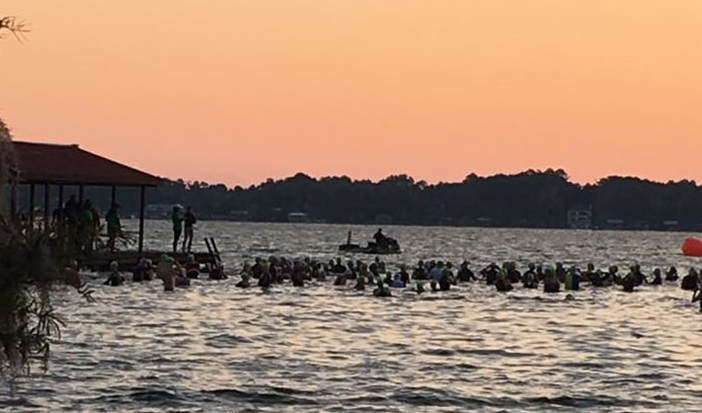
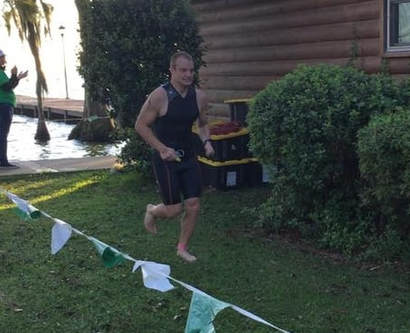
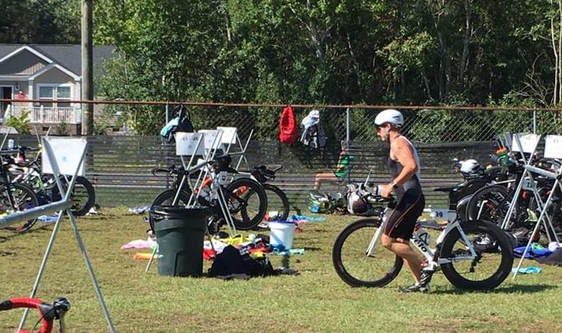
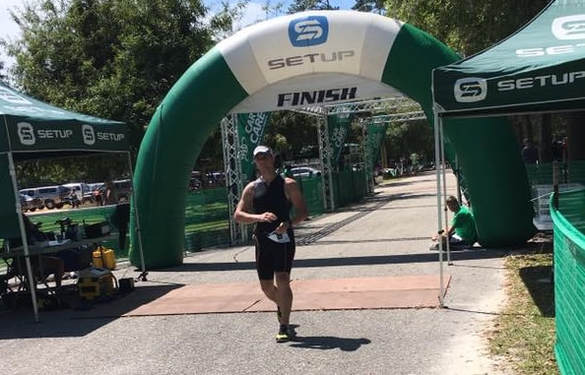
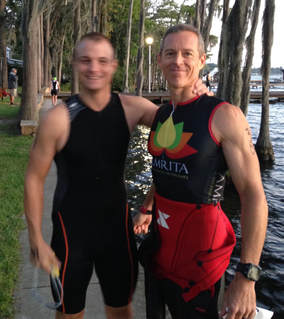
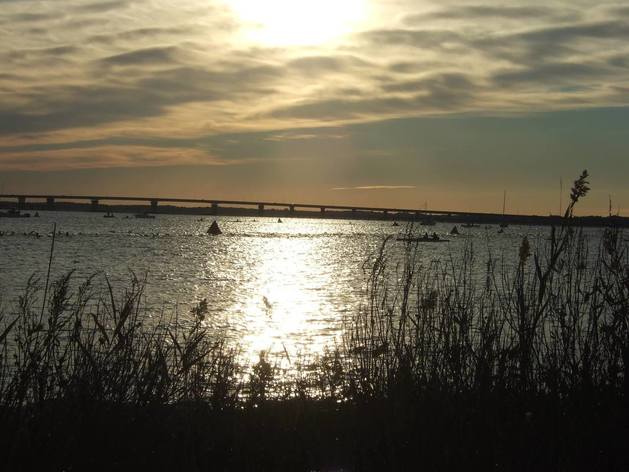
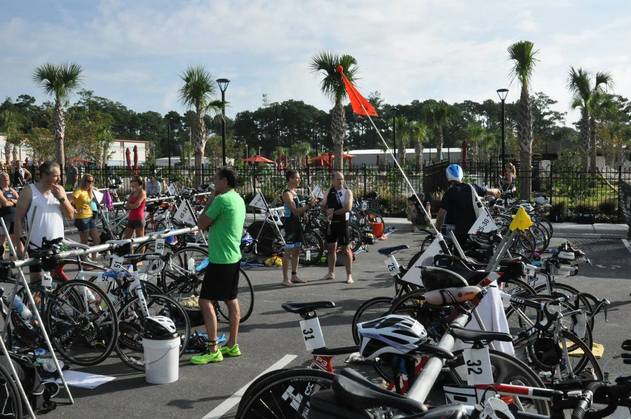
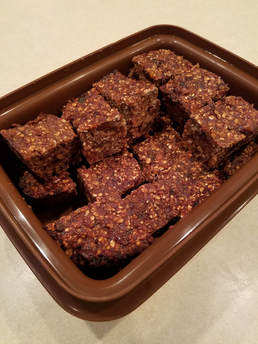
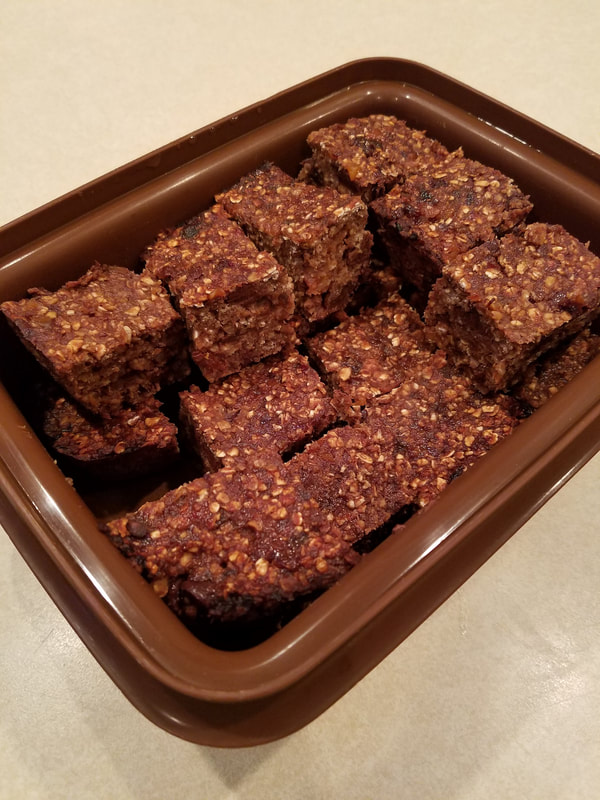
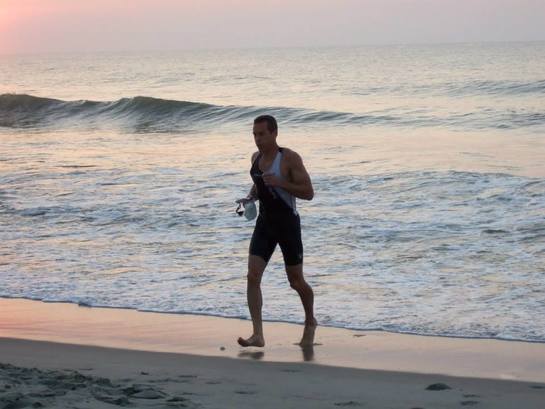
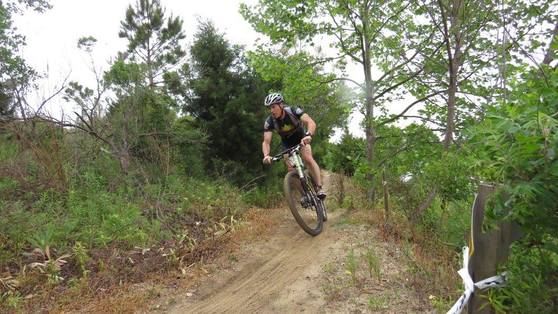
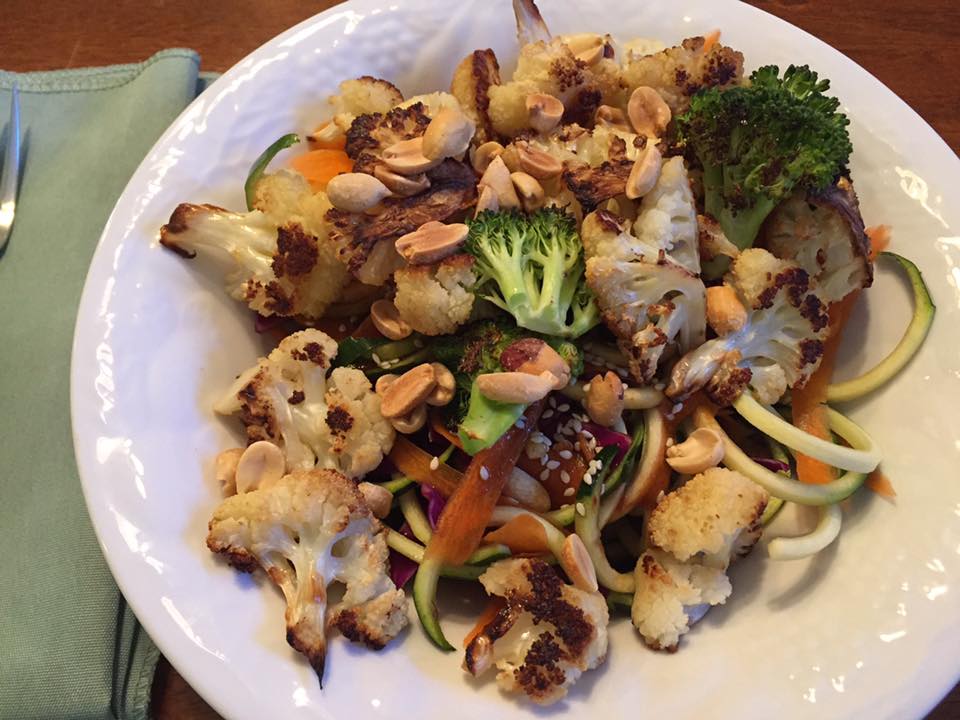
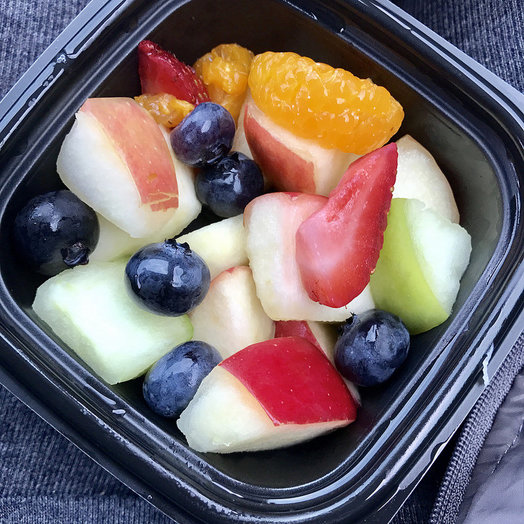

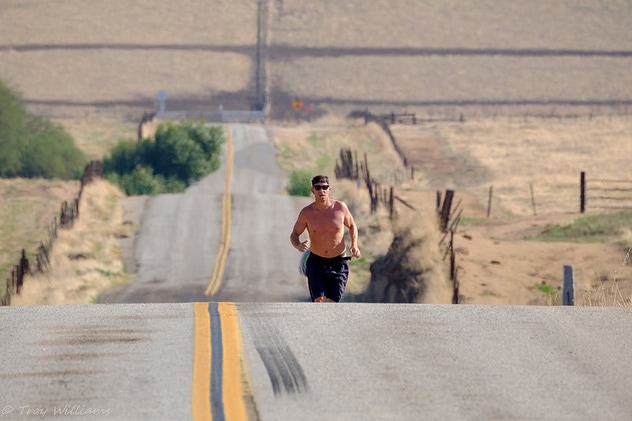
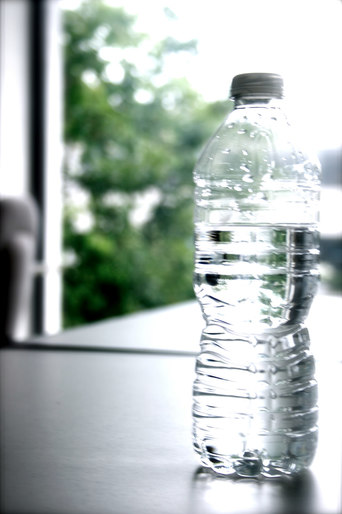
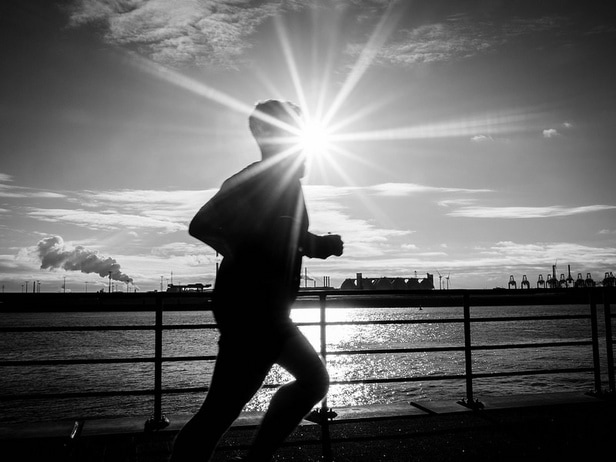
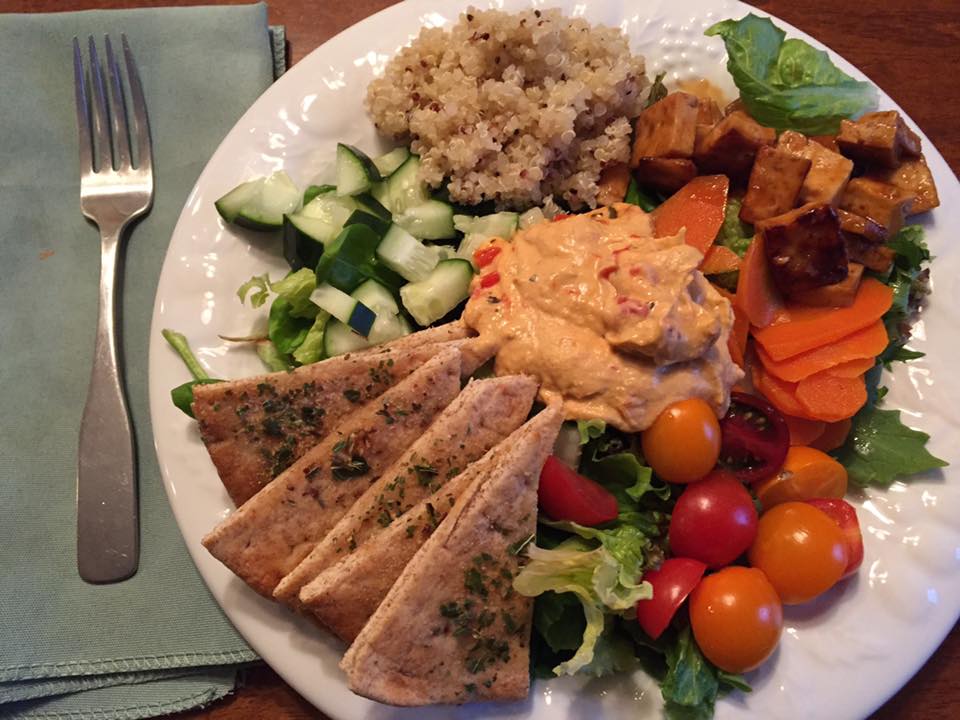
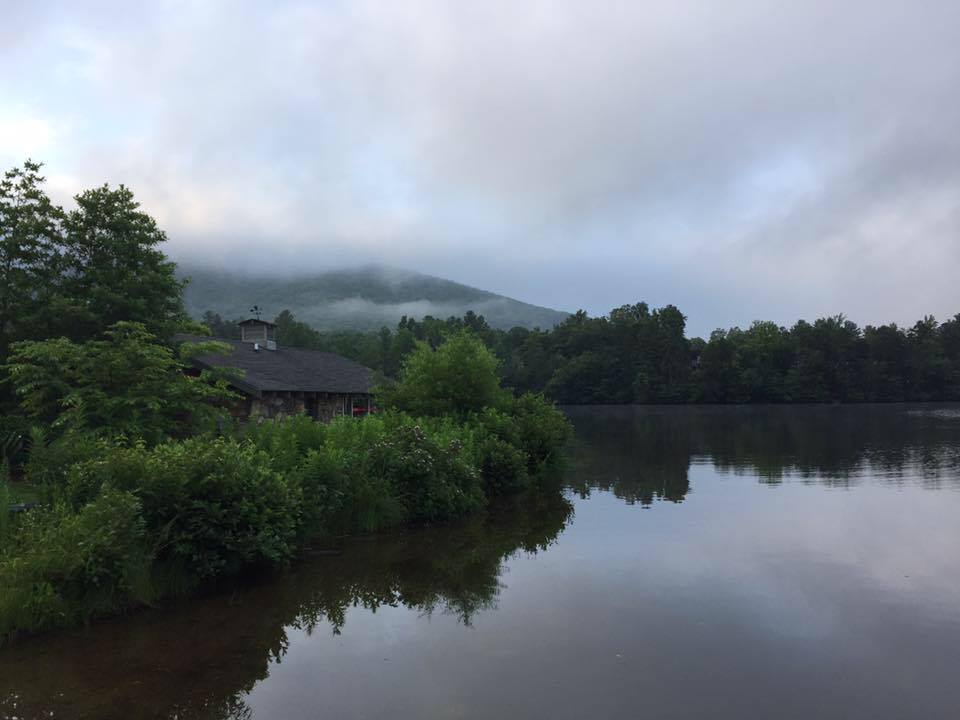
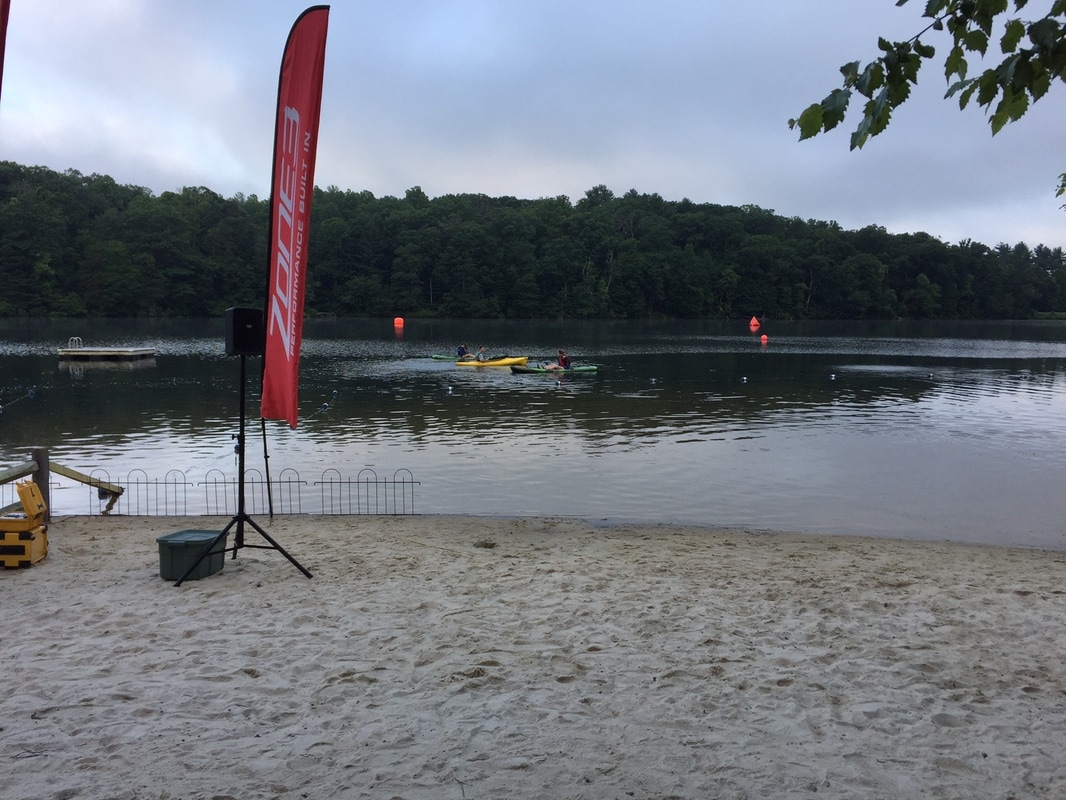
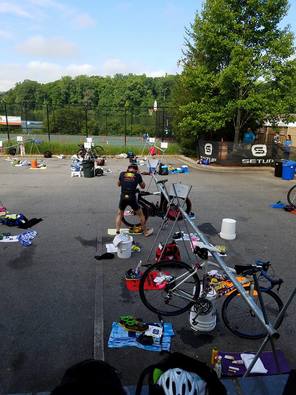
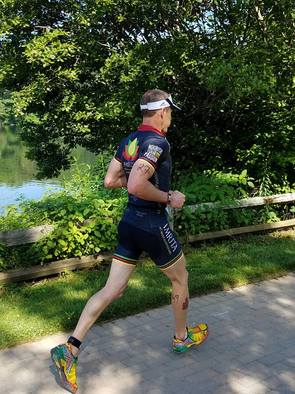
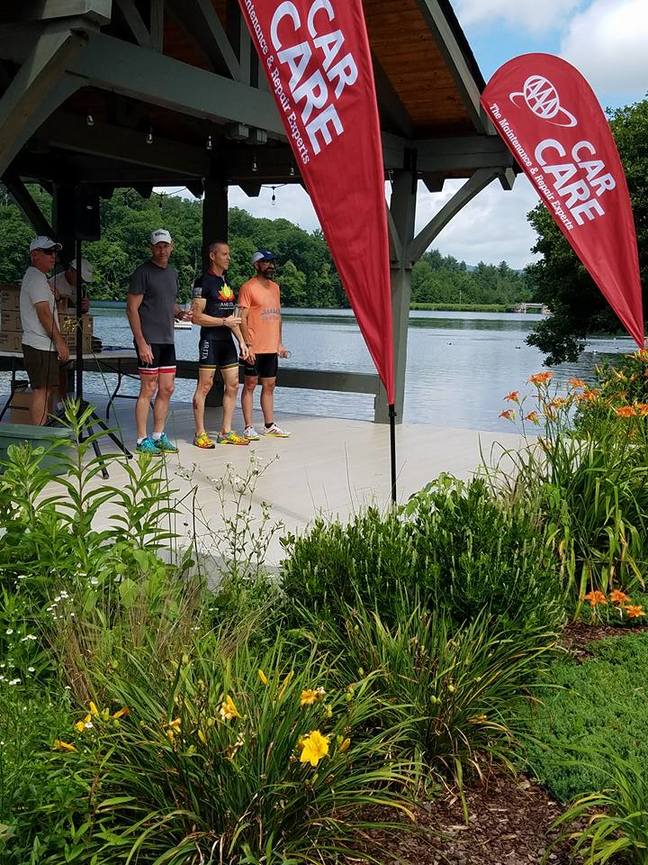
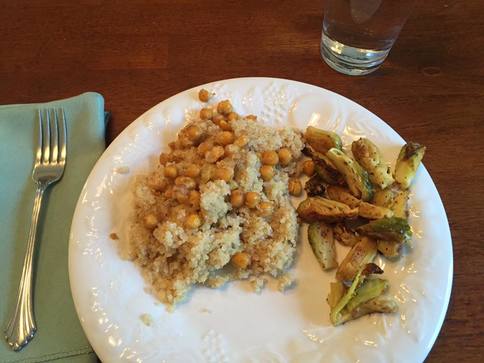
 RSS Feed
RSS Feed